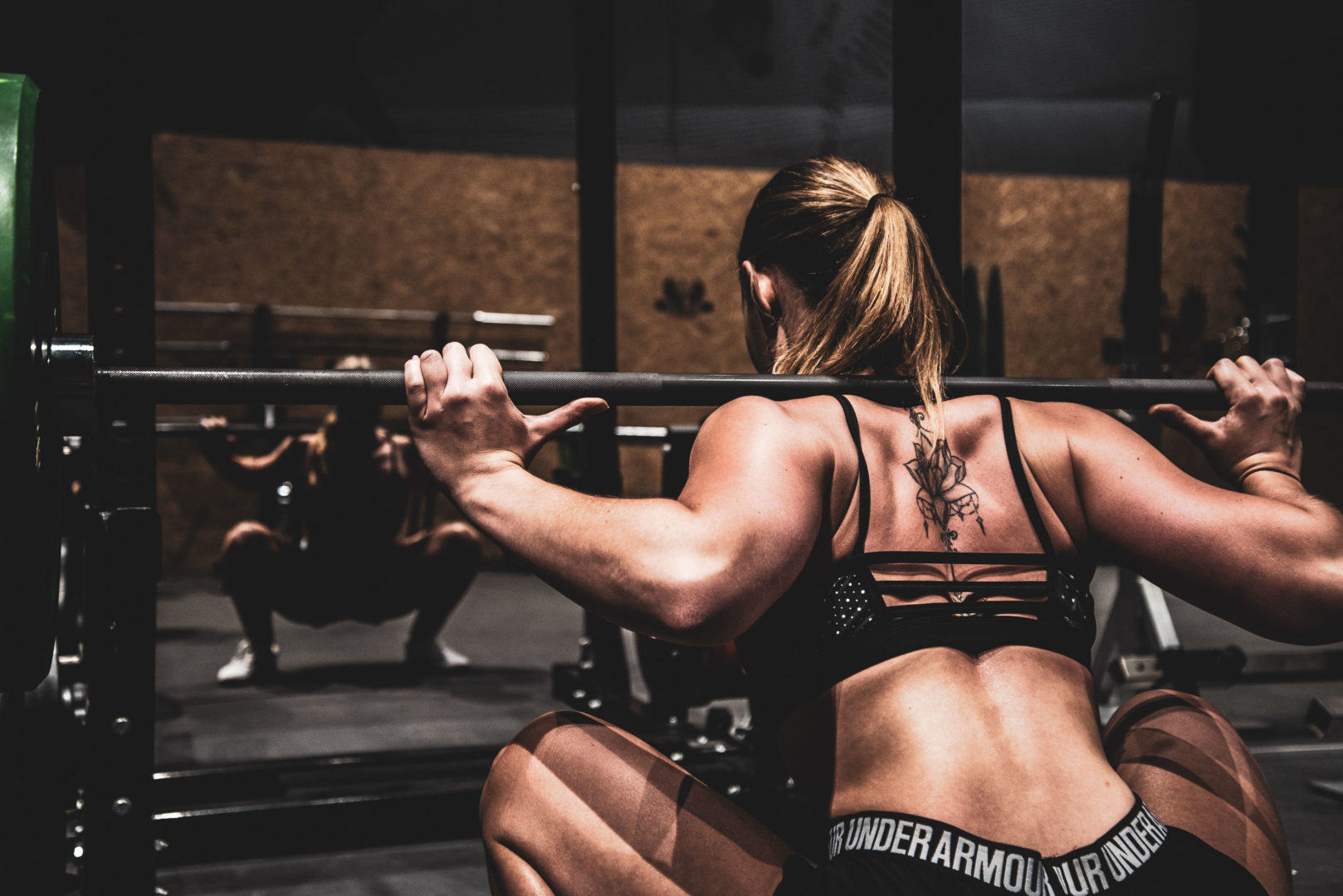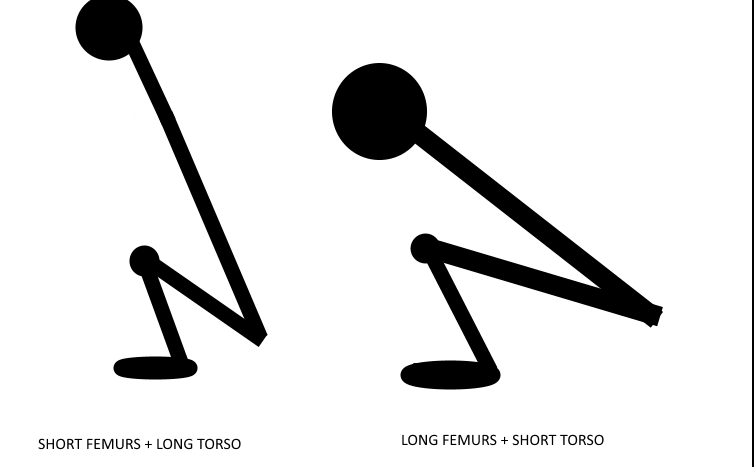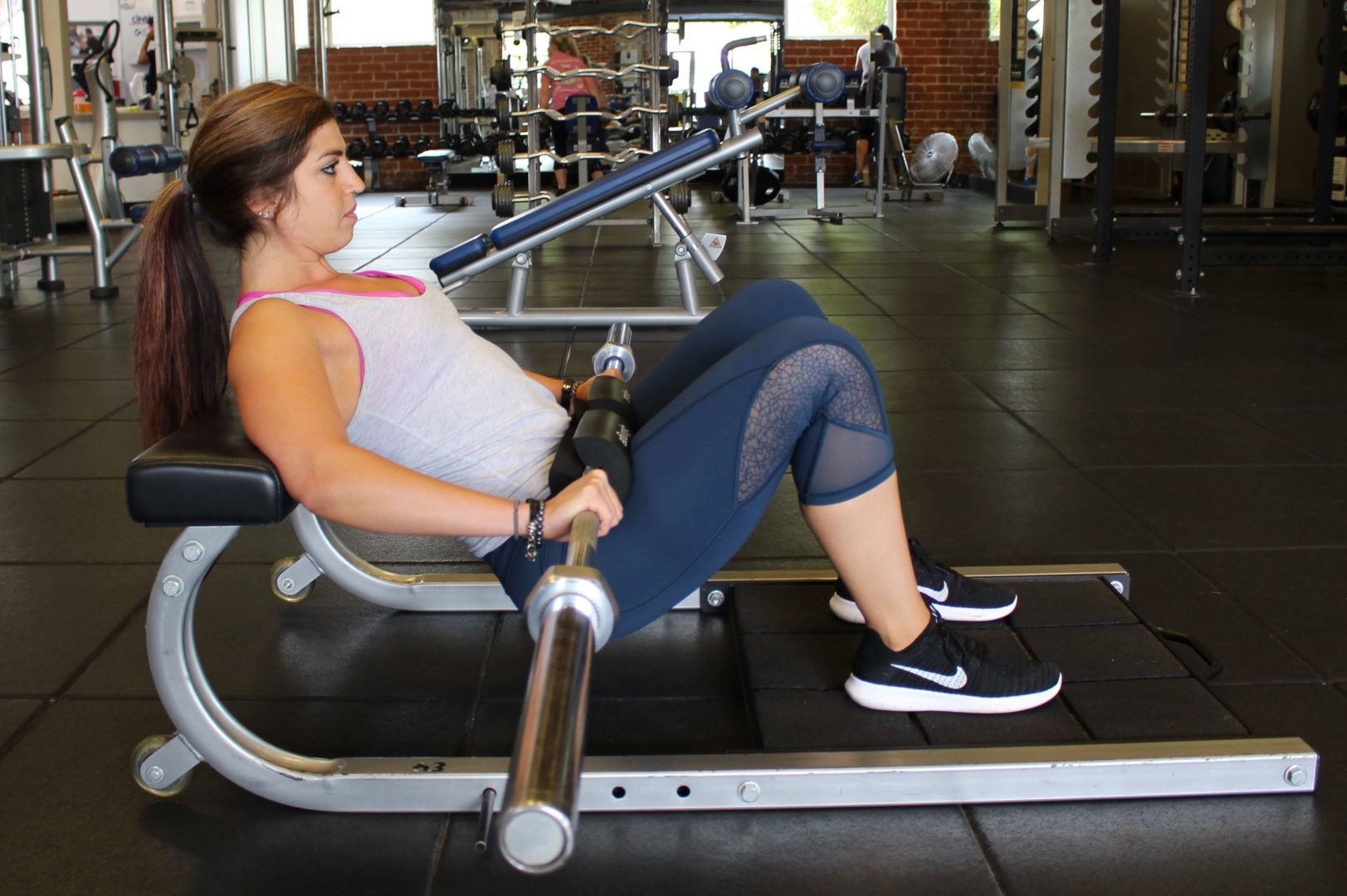
Squats have always been considered a staple exercise in any workout program. Whether your goals are weight loss, improved sports performance, to increase lean muscle mass, or just about anything else, squats will likely show up in your program, and for good reason.
Squats are a compound movement that require your legs, core, and back to engage in order to perform them. Strengthening these areas of your body will not only improve your musculature, but since you’re hitting such big muscle groups, they require bone growth as well. Studies have shown that having strong legs, glutes, and core will decrease back pain since these bigger muscles can take over the heavy loads, as opposed to you having to rely on your back. It’s also been shown to increase speed in runners. On the aesthetic side of things, we’ve never seen someone perform squats regularly and complain about the shapely legs and butt that they start to see in the mirror. An added bonus: since you’re working the biggest muscle groups in your body, the caloric expenditure will be higher both during your workout and afterwards as your body works to repair the muscles that have just been used. Plus, as you build muscle, your body must support the muscles you’ve built and that results in a higher metabolic rate.
In short: squats are awesome.
With all that said, squats and squat form are very dependent on a person’s physical structure and mobility. This is why many people will complain that squats hurt their knees, hurt their back, or just feel uncomfortable in general. For example, weak or tight hamstrings can make it difficult to sink into a deep squat, making someone feel that they can’t fully perform the exercise. Long femurs and a short torso will require someone to lean forward more in their squat than someone who has short femurs and a longer torso. (See photos below).

Because of these factors, we’ve laid out 7 different types of squats that you can work on to see what feels best for you. You can also combine protocols as detailed below.
Everyone’s anatomy is slightly different, so just because your friend feels best squatting one way doesn’t mean that you’ll feel the same way. That is absolutely normal and okay. Find what works best for YOU, and start there. We all have points of weaknesses to work on but if we can find a good starting point, we can break past those barriers and become fitter, stronger, more limber, and overall healthier people.
Our advice: Try all the variations below. See which ones or which combinations feel best and make adjustments from there. We’ve given an outline of where you should start based on a few factors, but feel free to play around with it until you feel that you’ve found the best squat for YOU.
THE BODYWEIGHT SQUAT
This is a good starting point for anyone. Once you’ve mastered the bodyweight squat, you can move on to any of the other variations below. (Also see: Heel Elevated Squat) For this variation, you’ll sit back and drop down for the eccentric portion of the movement and push through your heels and outer foot to stand back up.
To perform a squat, stand with your feet slightly wider than shoulder-width apart, shoulders back and chest out. Start the movement by pushing your hips back first and then dropping down as low as you can. Ideally you will go to or just below parallel, but at first you may not be able to squat that low. That’s fine and you’ll work towards that over time. When you’ve reached the bottom of the movement, drive through your heels and outer foot to stand back up to the starting position. Make sure to keep your knees out, chest out and to not let your shoulders roll forward.
THE HEEL ELEVATED SQUAT
This variation can be used with any or all of the squat variations. This is especially good for someone with long femurs and a short torso (it will help keep you more upright), tight or weak hamstrings, or poor ankle dorsiflexion. For this variation, you’ll push through your midfoot to stand up.
THE BOX SQUAT
This is a great tool to help guide you to proper squat depth as well as making sure you’re sitting back into your squat. Start with a mid-high box and work your way to a lower box until you can achieve parallel or slightly below parallel depth. For this variation, you’ll sit back and drop down for the eccentric portion of the movement and push through your heels and outer foot to stand back up.
THE DUMBBELL GOBLET SQUAT
This is the next progression of the bodyweight squat. You can do this with flat feet, heels elevated, and/or using a box. Once you’ve mastered this version and can squat at least 45lbs, you can move onto one of the next two variations: the barbell front squat or barbell back squat.
THE DUMBBELL FRONT SQUAT
This is a great way to also incorporate balance and upper body work into the movement. For this variation, you’ll push through your midfoot to stand up.
THE BARBELL BACK SQUAT
This is the most popular way to squat and tends to feel most comfortable for those with shorter legs and a longer torso. You can do this with flat feet or by elevating your heels to keep you in a more upright position. This squat requires more glutes and hamstrings (butt and back of thighs) whereas the front squat will recruit more quadriceps (front of thighs). For this variation, you’ll sit back and drop down for the eccentric portion of the movement and push through your heels and outer foot to stand back up.
THE BARBELL FRONT SQUAT
This variation of a squat is a great way to build up your quadriceps (front of the thighs). For this variation, you’ll push through your midfoot to stand up.

